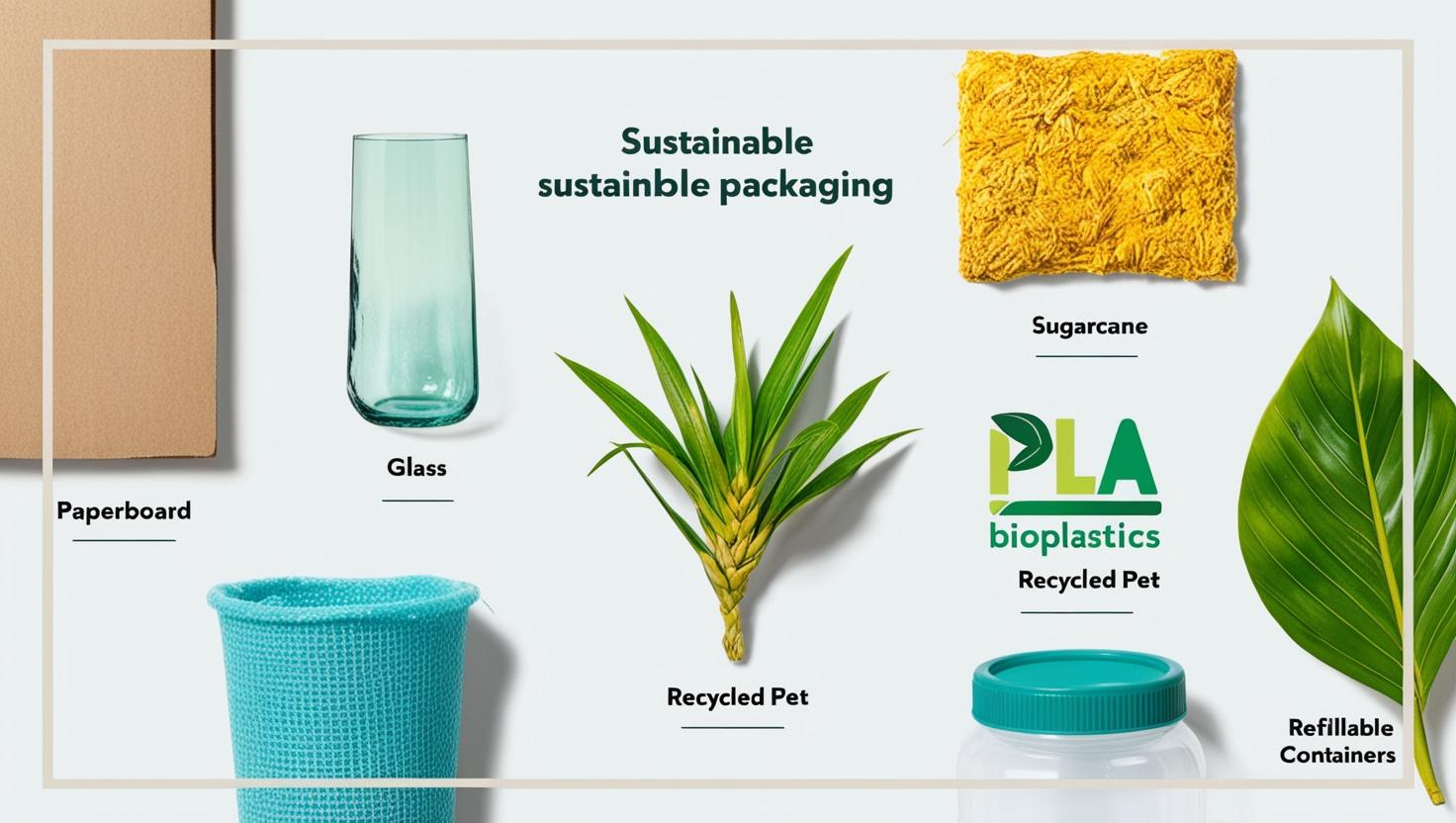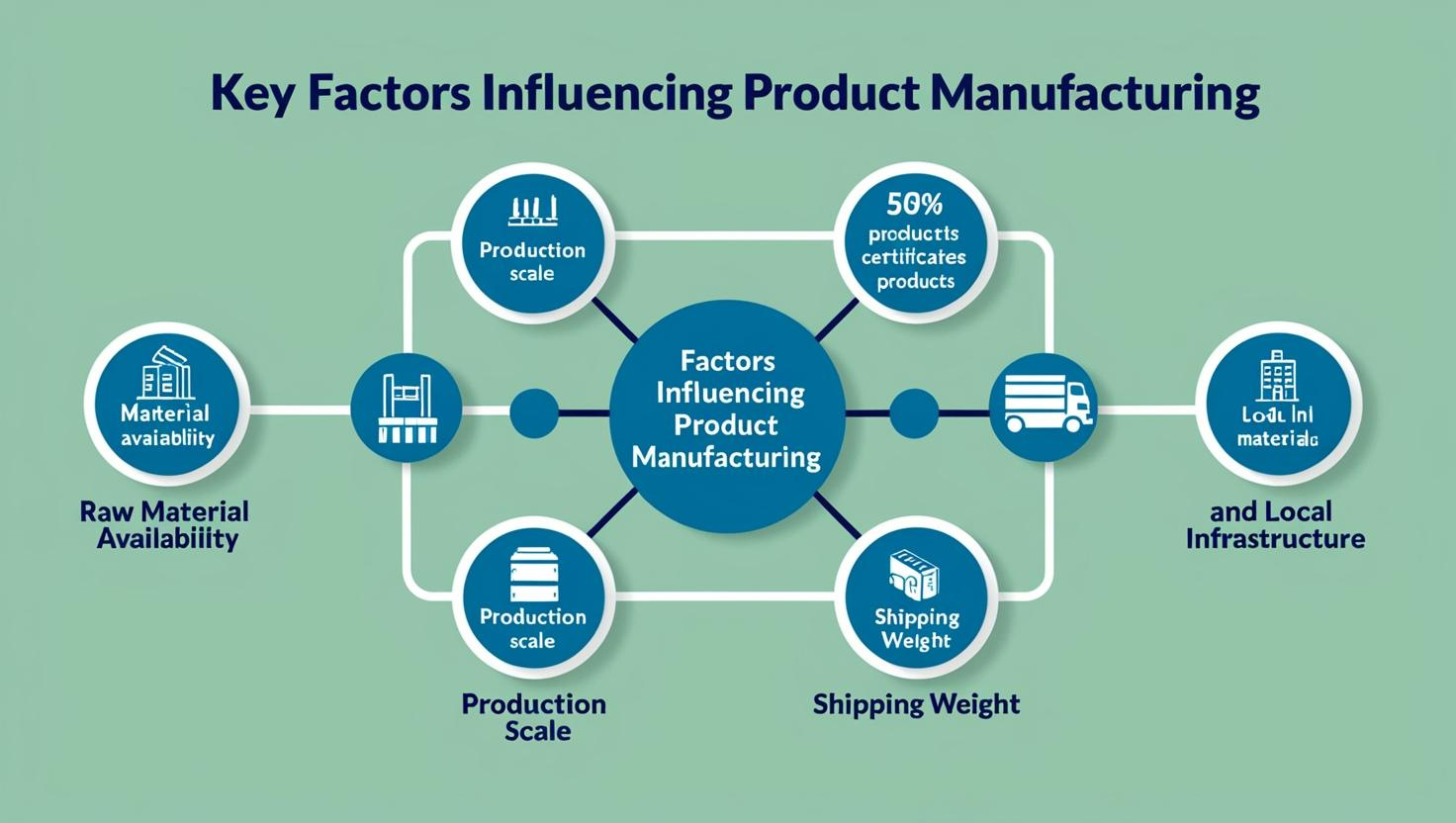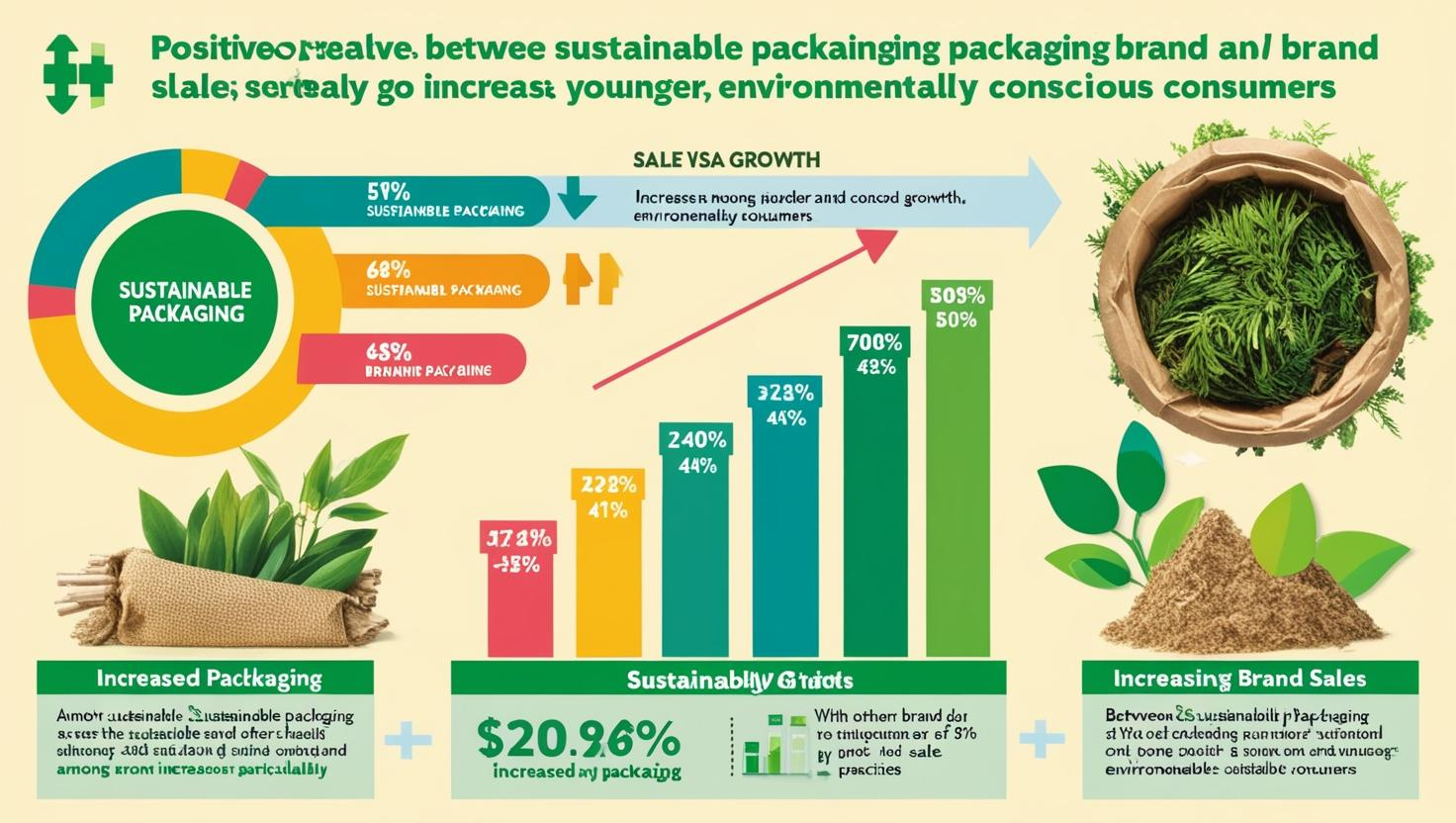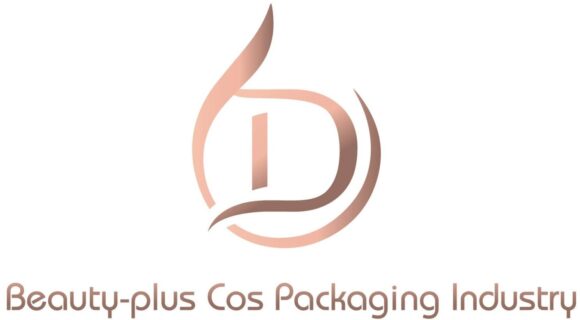
Going green sounds great—until you see the price tag.
Sustainable packaging1 is often more expensive upfront due to eco-friendly materials and production methods, but long-term benefits may outweigh the cost.
The first time I quoted a biodegradable tube for a skincare client, they were shocked—it was nearly 30% higher than standard plastic. But after launching, they noticed something surprising: customers actually liked the “eco” story.
What Is Sustainable Packaging?
Not all green claims are created equal.
Sustainable packaging refers to materials and designs that reduce environmental impact throughout a product’s lifecycle—from production to disposal.

Key features of sustainable packaging
- Made from recycled, recyclable, or biodegradable materials
- Minimizes energy usage and carbon footprint
- Designed for reuse or composting
- Uses less ink, water, or plastic
Types of Sustainable Packaging Materials
The material you choose defines the message you send.
Common sustainable packaging materials2 include paperboard, glass, sugarcane, recycled PET, PLA bioplastics, and refillable containers.

Popular eco-friendly options
| Material | Key Benefit | Common Use Cases |
|---|---|---|
| Paperboard | Recyclable, lightweight | Boxes, sleeves, cartons |
| rPET | Made from recycled plastics | Bottles, jars, trays |
| PLA (bioplastic) | Plant-based, compostable | Tubes, sachets, pouches |
| Glass | Reusable, premium feel | Jars, droppers, bottles |
| Sugarcane resin | Renewable, low carbon emission | Tubes, caps, bottles |
| Aluminum | 100% recyclable, durable | Tins, sprays, cases |
How Much More Does Sustainable Packaging Cost?
The green premium is real—but how much?
Sustainable packaging typically costs 15% to 50% more3 than conventional packaging, depending on materials and order size.
Example cost differences
- Recycled paper boxes: 20–30% more than virgin paper
- Bioplastic tubes: 40–50% higher than PE tubes
- Glass: 2–3× the price of plastic jars
- rPET: 15–20% more than PET (but narrowing)
Bulk orders and local sourcing can reduce the gap.
What Influences the Cost of Sustainable Packaging?
Not just the material—many factors shape the price.
Key factors4 include raw material availability, production scale, certifications, shipping weight, and local infrastructure.

Major cost drivers
- Low supply of eco-materials = higher base price
- Smaller production runs = less efficiency
- Compostable materials often need certified sourcing
- Heavier packaging = more freight cost
- Custom molds for refill systems = high initial investment
Does Sustainable Packaging Increase Sales?
Spending more can mean selling more—if you tell the story.
Yes, sustainable packaging can increase brand sales5, especially with younger, eco-conscious buyers.

Why consumers care
- Eco packaging aligns with Gen Z and Millennial values
- Sustainable claims boost perceived quality and ethics
- It’s shareable—green packaging stands out online
- Retailers may favor eco-certified suppliers
Conclusion
Yes, sustainable packaging can cost more—but when done right, it pays off in loyalty, image, and long-term value.
-
Provides a clear definition and purpose of sustainable packaging from the U.S. Environmental Protection Agency. ↩
-
Helps identify common eco-friendly packaging materials used in the industry. ↩
-
Explains how much more sustainable packaging typically costs and why. ↩
-
Breaks down the key elements that influence the pricing of sustainable packaging. ↩
-
Shows how sustainable packaging affects consumer buying behavior and sales performance. ↩

